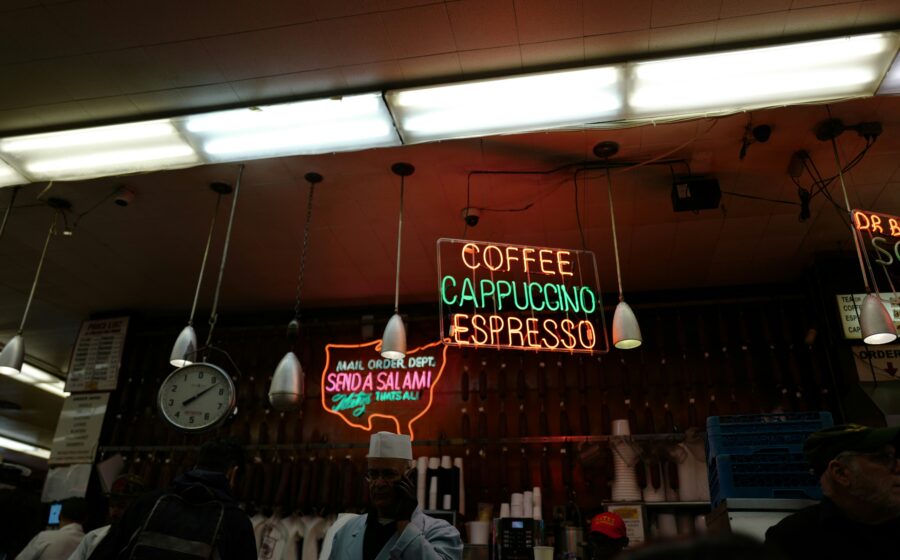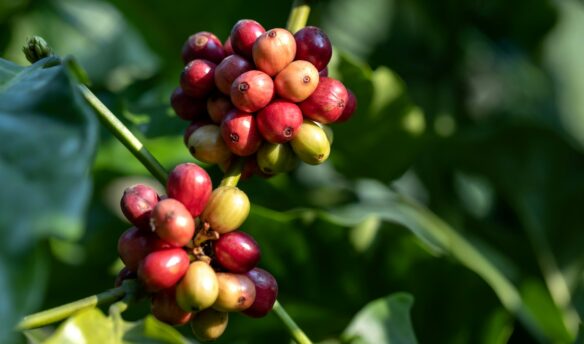✉️ This story was featured in this week’s Coffee News Club
👋 Get the Coffee News Club newsletter in your inbox weekly—sign up.
Coffee is no stranger to fluctuations in pricing, but extreme shifts between soaring highs and quick dips can be harmful to farmers and to the industry more broadly. For example, after hitting record highs in February, coffee’s commodity price fell over the next few months as reports emerged that Brazil’s harvest would be better than anticipated.
Now, the industry is facing another hard swing: In August, when Trump’s 50% tariff on Brazil came into force, the C price of coffee began to rise again, increasing 30% over the course of the month. Over the past week, the C price of coffee again spiked above $4, close to record levels. On September 16th, the coffee futures market reached $4.24 per pound, just below the all-time high of $4.2995 set in February.
As Ilena Peng and Pratik Parija report for Bloomberg, the already uncertain market has been worsened by speculators—investors who aren’t actually interested in receiving physical coffee. These investors specifically look to cash in on market volatility by buying low and selling high.
Brazil is the world’s largest coffee producer, so what happens in the country heavily influences market activity—right now, Brazil is plagued by uncertainty. The latest data from Brazil shows coffee exports have fallen, especially to the U.S. Meanwhile, forecasts disagree on whether Brazil’s rainy season will be enough to replenish some key coffee-growing regions after a period of drought.
Those lofty prices reached on the 16th were short-lived. On September 18th, Parija wrote another piece for Bloomberg reporting that the C price had fallen 9% in one day, the biggest single day drop since 2008. This, Parija wrote, was caused “as algorithm-driven traders booked profits and the exchange made it more expensive to maintain positions.”
Read the full story on the latest price spike from Bloomberg here or via the Spokesman-Review here.
















